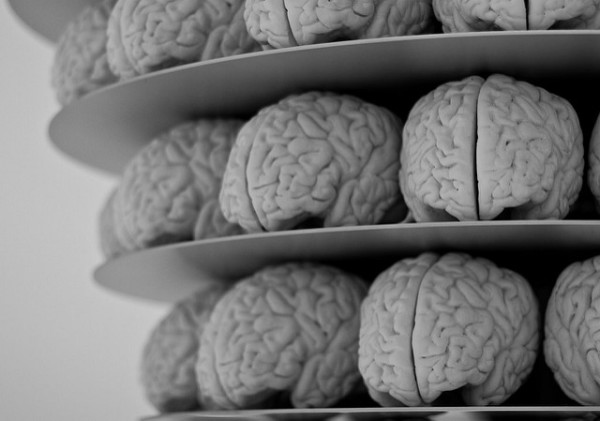One of the deadliest and most scientifically frustrating ailments today is traumatic brain injury, or TBI. Anyone who follows the NFL knows how much money and effort has been invested into studying these injuries and their impact. Dr. Ye Xiong, a researcher at the Henry Ford Hospital, believes that focusing on the brain’s protection and self-repair mechanisms will help develop a treatment for TBI.
Image Source: Science Photo Library
“To date, all attempts at treating traumatic brain injury with experimental drugs have failed once testing moved from animal studies to clinical trials in humans,” Dr. Xiong explains. “Although this is disappointing, we believe innovations now at the preclinical stage hold great promise for a deeper understanding of traumatic brain injury and how to treat it.”
TBI typically occurs due to sudden, often violent blows to the head or other physical impacts to the brain. Although the brain is heavily protected by the meninges, or membranes than envelop the brain and cerebrospinal fluid, the brain is still prone to injury when the blow is severe enough.
TBIs can impact us in a myriad of ways. Blows that induce TBIs can set off a cascade of reactions in the brain that can inhibit our ability to think and reason, as well as our behavior and movement. Furthermore, TBIs are extremely frequent: over ten million hospitalization cases occur throughout the world each year.
Most attempts at drug treatments have focused on protecting neurons (cells with a major purpose of transmitting messages from the brain throughout the body) around the injury from further damage.
Over the past three decades of research, it has been concluded that the brain has a “significant, albeit limited” ability to heal itself physically and functionally, with processes including:
- Angiogenesis: the creation of new blood vessels.
- Neurogenesis: the synthesis of new neurons.
- Oligodendrogenesis: the formation of several types of cells, including ones that constitute the myelin sheath, or the protective coating on certain regions of neurons.
- Axonal sprouting: the process in which undamaged axons (threadlike parts of nerve cells that carry signals to other cells) grow new nerve endings to relink damaged neurons.
In these past three decades, however, attempts to transition into human trials have proved unsuccessful; of the more than 30 trials that have been conducted, all of them have culminated in failure.
What has Dr. Xiong found out to change this? How can 30 years of failure be ramified? Find out next in Part II of this article.
Feature Image Source:Brains by Neil Conway










